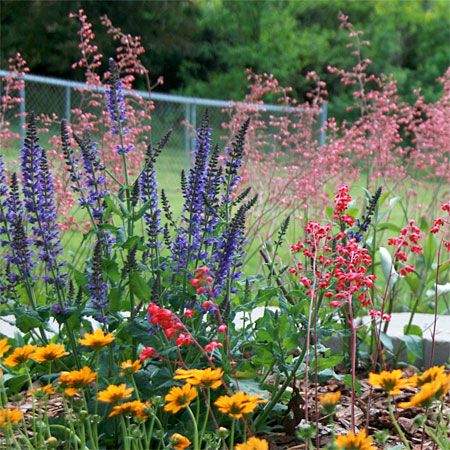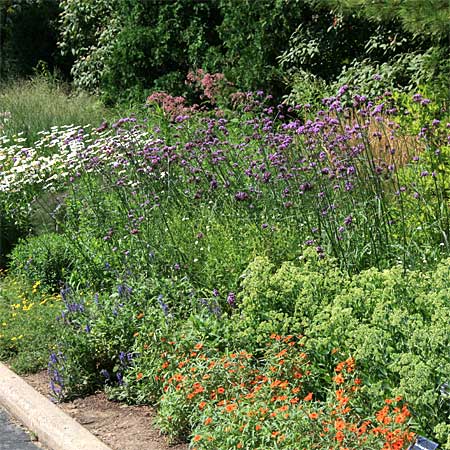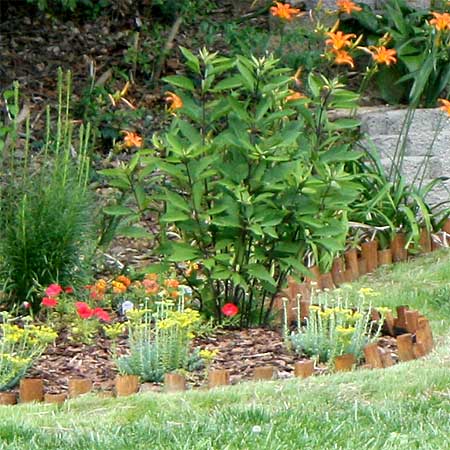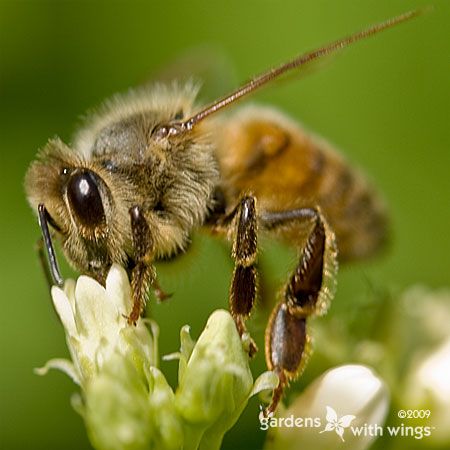If you are one of the 7.9 million Americans who live in an HOA and you also happen to be an eco-warrior who is keen on building a butterfly-friendly garden, then you may wonder what steps you need to take. Because the garden isn’t exclusively yours, but rather, is maintained through your monthly community fees, major decisions that affect the aesthetics of common spaces often need to be voted upon and approved.

It shouldn’t be too difficult to convince others of the many benefits of turning your green zones into wildlife-friendly ones. Everybody loves butterflies so it shouldn’t be too difficult to get others interested in your wildlife-friendly garden plans.
Familiarizing Yourself with HOA Norms
An HOA is essentially a group of homes that are part of a distinct association. The HOA itself is an elected body comprising its members. Its aim is to maintain property values and collect and administer funds for tasks such as landscaping and general repairs and maintenance. HOAs have elected officers or administrators (such as a president and secretary).
Start out by approaching the president and inquiring about any norms that will affect your landscaping design. Most HOAs have rules covering aspects such as plant heights, types of trees to avoid, and water features. You should be aware of these before commencing your plans. You should also conduct research into butterfly-friendly or nectar-producing plants, taking note of their height and space requirements.
Keeping your lawn tidy and within HOA regulations is crucial to avoid conflicts and maintain curb appeal. Using efficient Worx lawn mowers can help you manage your green space while supporting a more natural, wildlife-friendly layout. Opt for regular trims and edge maintenance to strike the perfect balance between neatness and biodiversity.

Water features must be carefully integrated into your landscaping to ensure they complement the overall design and adhere to HOA regulations. The people working for Outdoor Fountain Pros understand the necessity of balancing aesthetics with functionality, helping homeowners choose fountains that enhance their outdoor space without violating community guidelines. A well-placed water feature can attract birds and butterflies, creating a peaceful and inviting atmosphere in your garden. Thoughtful planning ensures your landscaping remains both visually stunning and environmentally friendly.
Holding a Community Meeting
Request an ‘extraordinary’ neighbors’ meeting, in which you can present your landscaping plan to neighbors. Start out by explaining why a wildlife-friendly garden can benefit the community and the planet. Get them excited about the project by showing pictures of similar gardens and of the specific species you wish to plant.
Also provide them with information regarding how having more wildlife in the vicinity will benefit them in many ways without being a bother. Finally, tell them the specific butterfly and other species you wish to attract and give them a timeline of how soon the project will be completed.

Enlist Your Neighbors’ Help
Many communities have gardening teams that take charge of the landscaping but there is no reason why you cannot do your share alongside other neighbors who may share an interest in this hobby. Tasks to share include sourcing plants, pulling out weeds, and mulching. One of the best things about butterfly-friendly gardens is that they don’t take much maintenance at all.
The idea is to have a wild, eclectic look to your garden, with grass growing a little longer and various flower beds displaying their loveliness at different heights. The final effect is distinctly boho-chic and infinitely Instagrammable!

Across the globe, factors such as dwindling bee populations and a dearth of butterflies in the vicinity are leading more homeowners and HOAs to adopt wildlife-friendly landscaping designs. To convince other homeowners that wild is the way to be, make sure your landscaping plans are in accordance with established norms. Get neighbors excited about the idea by inviting them to take part in gardening duties.
Don’t forget to provide them with images, videos, and other material that can shed light on the beauty that butterflies, bees, and small wildlife can bring to their lives.




